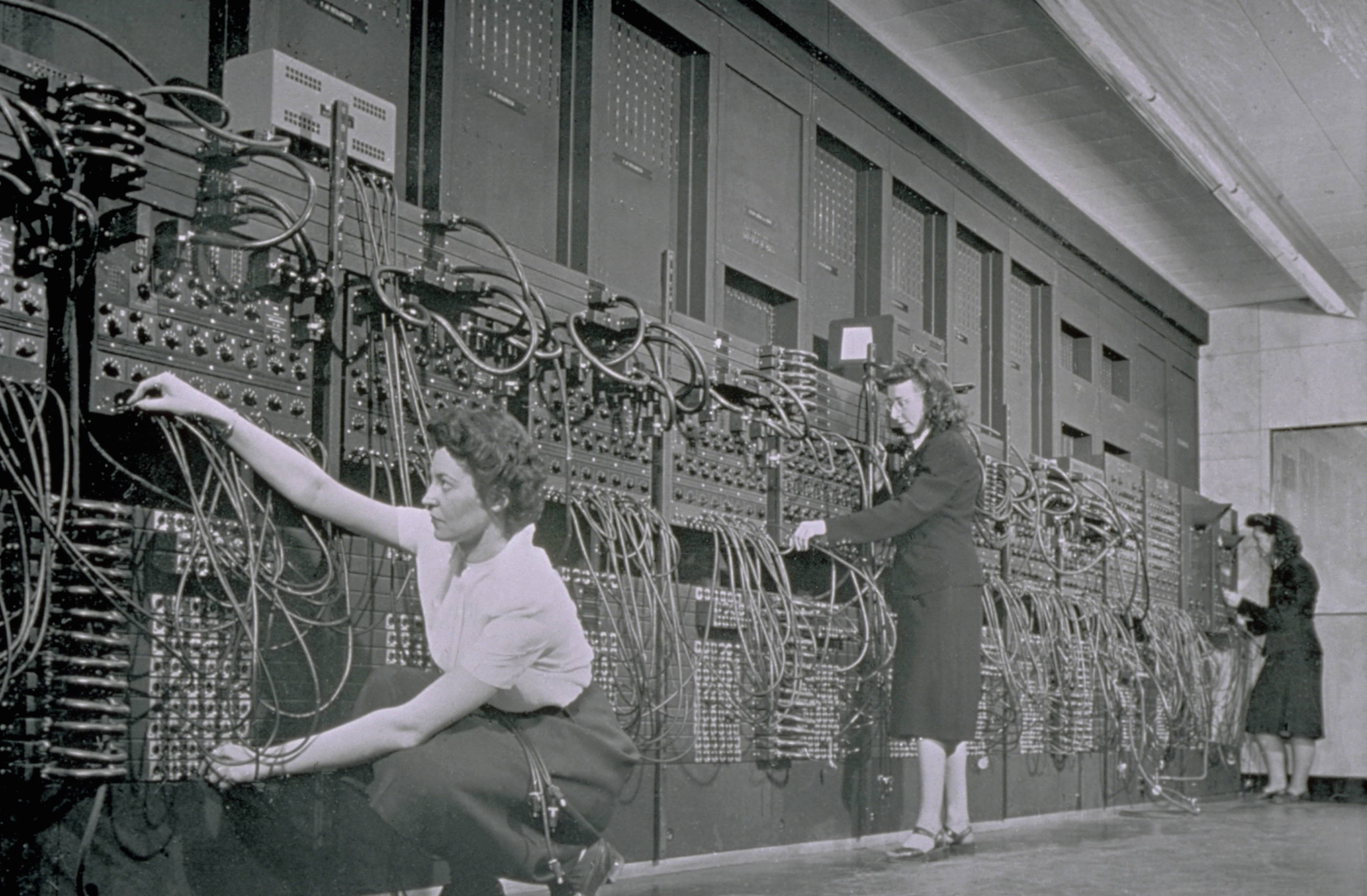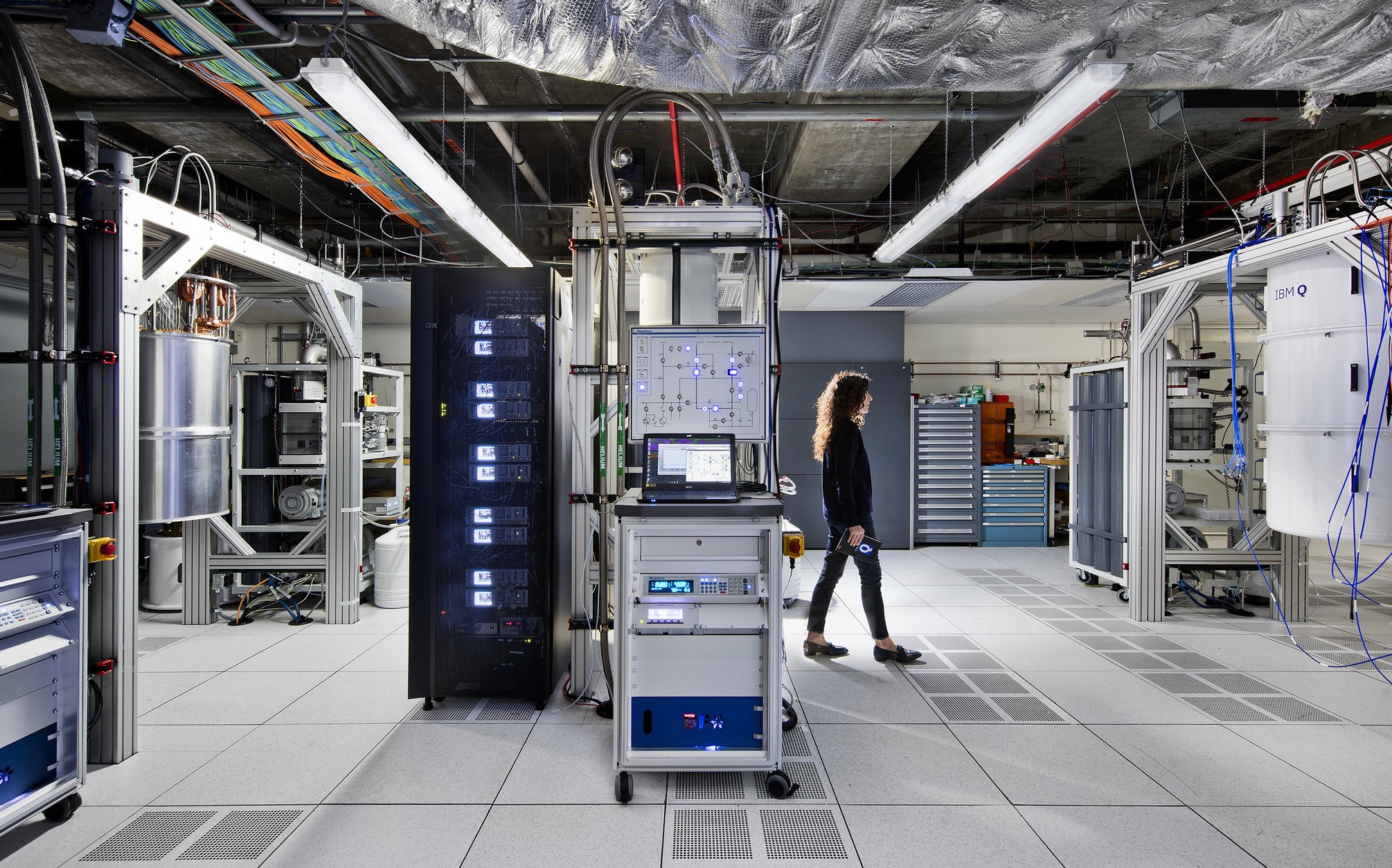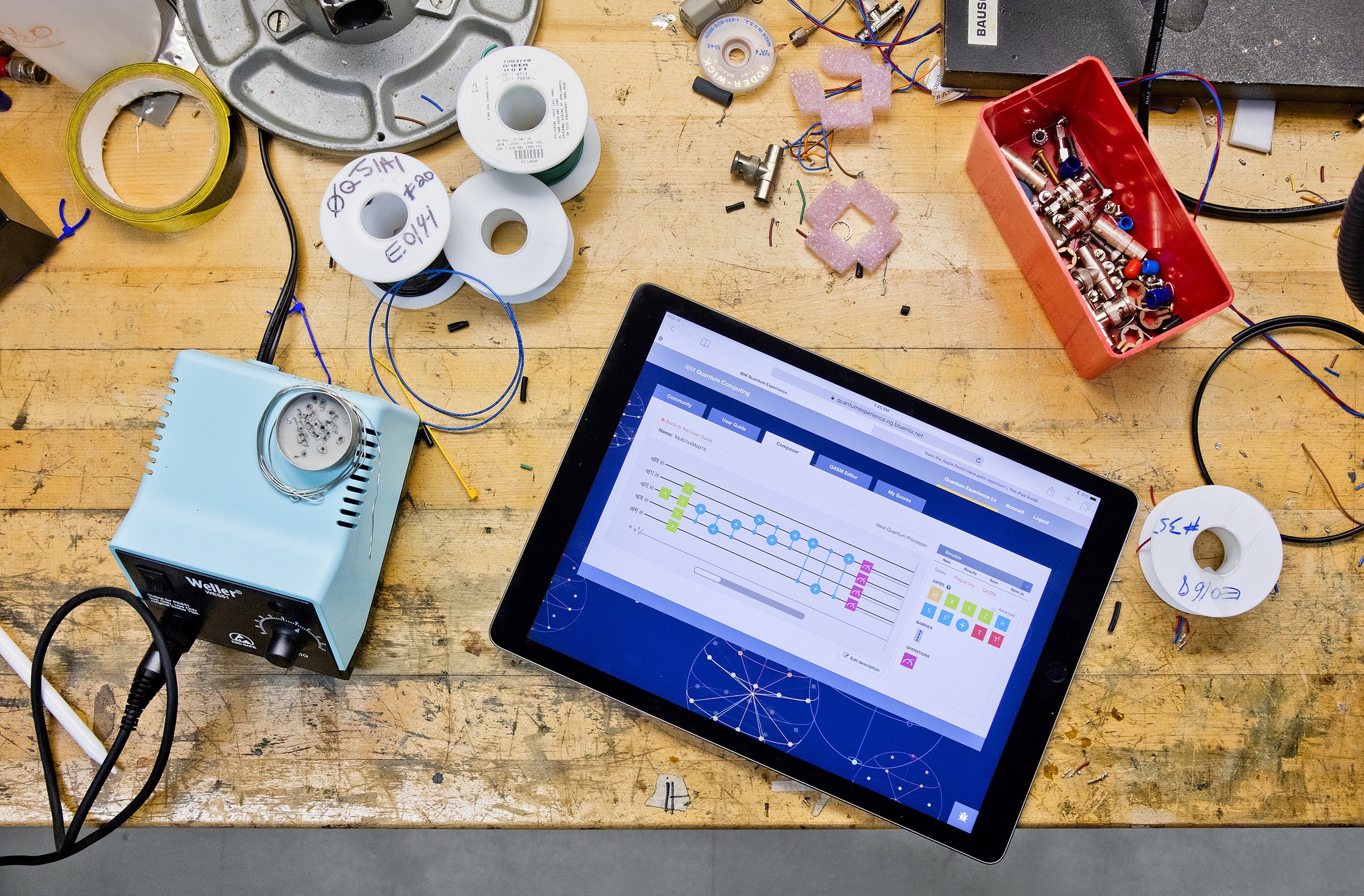
Sciences & Technology
Quantum leap in computer simulation

Like the evolution of classic computers in the 1940s, quantum computers are on the cusp of mainstream, and researchers, businesses and universities are already getting themselves quantum ready
Published 3 October 2018
In the 1940s, computers were the domain of the uber geek.
These bulky digital machines only existed in University research labs and military buildings and were built and run by some of the world’s best physicists and engineers.

Programming a computer involved meticulously and laboriously coding every 0 and 1 that went through the machine, and it was a long time before a computer could beat a moderately intelligent human armed with a pen and paper for most computational tasks.
But by the 1950s, companies like IBM started producing commercial computers that could be programmed in plain English. The 1s and 0s were dealt with by software programs called compilers, leaving people to create programs that could do amazing things.
Though likely apocryphal, the head of IBM, Thomas J. Watson, is widely quoted as saying in 1943 “I think there is a world market for maybe five computers”.

Sciences & Technology
Quantum leap in computer simulation
Professor Lloyd Hollenberg from the University of Melbourne won’t speculate on the number of quantum computers the world needs, but he is convinced that the world needs more quantum computer programmers.
He says the nascent field of quantum computers is currently at a similar stage to where regular computers were in the 1940s.
“We are really in the phase where the hardware is all about the 1s and 0s,” he says.
“But to actually get people to understand quantum computing and develop applications you need to simplify it. So, people are writing compilers now to take various high-level concepts – or mathematical operations – and create the instructions for the quantum computer hardware to run.”
Big tech companies like Microsoft, Google and IBM are working with universities and research institutes around the world to take a largely theoretical concept and bring it to functional and commercial reality.
But we’re not there yet, and Professor Hollenberg says that while the hardware side still needs further development, we are now at a point where we can start to develop the software that will drive these future super-computers.

“It’s a real challenge to get across how a quantum computer is different to a normal computer and what’s involved in actually programming it,” he says.
Innovation requires people power, and jobs in quantum computing are growing at an exponential rate.
Professor Hollenberg says that there are already well-developed pathways for people hoping to work in quantum computing.

“There’s the obvious stream, which is a physicist, who will understand the hardware of a quantum computer, and the systems engineer, who will understand how control systems will interface with the actual hardware.”
But he says the pathway to becoming a quantum computing programmer is less well-defined. Now, for the first time at the University of Melbourne, Professor Hollenberg and his colleagues have launched a new subject in quantum computing that started this year.
“I don’t think you actually need to be a physicist to understand the basic rules of a quantum computer, and learn how to program it,” says Professor Hollenberg.
“But you do need to learn how to program a quantum computer – it’s very different from a classical computer.”
“The subject that we’re running for the first time this year is a masters level subject, and it requires no background in physics, no background in quantum. It’s really just the mathematical background you need to be able to code in this area, which is basically matrices and complex numbers.”

The next generation of quantum programmers are currently cutting their teeth in labs like Professor Hollenberg’s.
PhD student Gary Mooney is grappling with the problem of quantum programming.
“One of the challenges involved with building and using quantum computers is knowing how to map various problems onto the physical quantum hardware in an efficient way,” he says.

Sciences & Technology
At the human-computer interface
“The question is, how do we determine the sequence of quantum computing operations required to solve a problem using the least amount of quantum resources?”
Fellow PhD student Sam Tonetto is researching quantum algorithms for optimisation and sampling. He says it is a very exciting time to work in quantum computing.
“Many big tech companies are now investing in quantum technologies, so quantum computing expertise is in high demand, and may be for quite some time,” he says.
One former University of Melbourne physics student has already made the leap to industry. Dr Anna Phan is currently investigating algorithms and applications for quantum computers as a research scientist in the IBM Research division in Melbourne.
Dr Phan says that in the next decade quantum computers will move beyond physics research laboratories and eventually become part of our everyday computing infrastructure.
“As the current growth of data and classical computing processing power has been accompanied by an increase in the demand for data engineers and data scientists, the growth of the quantum computing industry will see a need for more quantum researchers, engineers, developers and practitioners,” she says.

Dr Phan says anyone keen on quantum computing should study physics, maths and or computer science and be on the look-out for specific quantum computing subjects or courses.
With an initial intake of 20 people, the University of Melbourne’s new quantum computing subject is a small step to building an army of quantum programmers, but Professor Hollenberg says this as just the beginning.
“I think we can reach further down in the curriculum and introduce undergraduate subjects with the same aim, to attract people from different areas,” he says.
“They might be from science; they might be in engineering or computer science; perhaps even finance. And they would be able to go to this subject, learn the basic rules, and start thinking: “Well, how do I now start developing applications for quantum hardware?”
Find out about University of Melbourne’s IBM Quantum Hub.
Banner image: Paul Burston/University of Melbourne